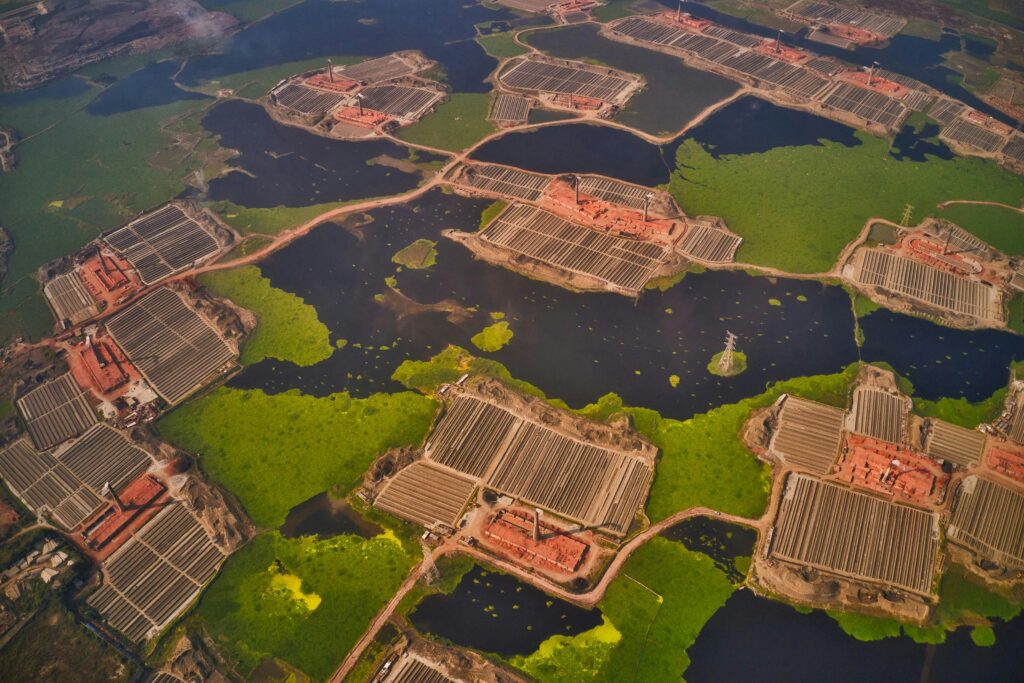The Texas Real Estate Market has been one of the hottest in the U.S. over the past decade, driven by rapid population growth, strong job creation, and significant migration from other states. Cities like Austin, Dallas, Houston, and San Antonio have been at the forefront of this expansion, with both urban and suburban areas seeing unprecedented demand. However, there are major differences between the urban and suburban markets, and each offers unique opportunities for Texas Land Buyers and Property Investors. Understanding these differences is critical for anyone looking to invest in Texas real estate.
The Rise of Texas Urban Centers
Urban living in Texas has seen significant growth over the past few years, particularly in major cities like Austin and Dallas, where job opportunities and cultural amenities attract young professionals, tech workers, and entrepreneurs. The shift toward urbanization has led to higher demand for multi-family units, condos, and high-rise developments, making these cities prime locations for Property Investors seeking strong returns on investment.
Key Urban Market Trends:
- Increasing Demand for Multi-Family Units: Cities like Austin and Houston are seeing a rise in demand for multi-family properties, as housing affordability in urban centers becomes more challenging. This trend offers lucrative opportunities for investors who want to cater to the influx of renters.
- Gentrification and Rising Home Prices: The revitalization of urban neighborhoods has resulted in a rapid appreciation of home values. Areas like East Austin have seen substantial growth in property values due to gentrification, with many first-time buyers now priced out of the market.
- Walkability and Lifestyle Amenities: Urban buyers in Texas are prioritizing walkability, access to public transportation, and proximity to work and entertainment hubs. As a result, properties located in downtown areas or near major employers are commanding premium prices.
For Texas Land Buyers interested in the urban market, the challenge is often navigating high property prices and limited availability, especially in well-established city centers. However, the long-term payoff can be substantial due to the ongoing demand for urban living spaces.
The Suburban Boom in Texas
While urban areas continue to grow, the Texas suburbs are transforming their own. More families, retirees, and remote workers are opting for suburban living due to the affordability, larger lot sizes, and quality of life offered outside the major cities. The COVID-19 pandemic accelerated this trend as many people sought more space and lower-density living environments.
Key Suburban Market Trends:
- Migration to Suburbs for Affordability: Suburban regions around Austin, Dallas, and Houston have experienced an influx of buyers looking for more affordable housing. This shift has pushed property values higher in areas like Round Rock (Austin), Frisco (Dallas), and Katy (Houston), making these suburbs highly attractive to Texas Land Buyers.
- New Home Construction: Suburban areas are seeing a surge in new home developments, with builders rushing to meet the growing demand. This presents a great opportunity for Property Investors to purchase land for development or resale.
- Master-Planned Communities: One of the defining features of suburban Texas real estate is the emergence of master-planned communities. These communities offer a blend of residential, retail, and recreational spaces designed to meet the needs of modern families. Buyers are attracted to the sense of community and amenities like parks, schools, and shopping centers, which are being developed alongside housing.
The Impact of Remote Work on the Texas Real Estate Market
One of the most significant trends reshaping both the urban and suburban markets is the rise of remote work. With many companies adopting permanent or hybrid work-from-home models, buyers have more flexibility in choosing where to live. This has led to increased interest in suburban and even rural properties, as individuals no longer need to live near their place of employment.
Remote Work and the Suburban Advantage:
- Suburbs provide the space and quiet that many remote workers seek, along with larger homes that can accommodate home offices. Texas Land Buyers in the suburbs are finding opportunities to acquire larger plots of land at a lower cost compared to urban centers.
- Areas like Pflugerville (near Austin) and McKinney (near Dallas) have become popular choices for those seeking the balance of suburban living with easy access to city amenities when needed.
The Role of Texas Land Buyers and Property Investors in Shaping the Future
The decisions made by Texas Land Buyers and Property Investors are instrumental in shaping the future of both the urban and suburban markets. The Texas economy continues to attract people from other states, particularly California, leading to a rise in demand for diverse types of properties. This influx presents opportunities for both residential and commercial real estate investments.
Opportunities for Urban Investors:
For Property Investors interested in urban Texas, high-density developments like apartment buildings, townhomes, and condos will continue to offer strong returns, especially in areas with ongoing job growth. Redevelopment and infill projects in gentrifying neighborhoods also provide a unique investment opportunity.
Opportunities for Suburban Investors:
Suburban markets are attractive for those looking to invest in single-family homes, rental properties, or land for future development. As suburban sprawl continues, investors can take advantage of lower land prices and increased demand for spacious living.
Challenges Facing the Texas Real Estate Market
While the Texas real estate market remains robust, it has its challenges. Rising property taxes, the risk of overdevelopment in certain suburban areas, and increasing interest rates could slow down growth in the future. Additionally, there is growing concern about housing affordability, particularly in urban areas, where home prices have surged.
For Texas Land Buyers, navigating the complexities of the market will require careful consideration of location, future development plans, and economic factors like employment growth and infrastructure development.
Conclusion: Navigating the Future of the Texas Real Estate Market
The Texas Real Estate Market is a dynamic environment influenced by numerous factors, from economic growth and population migration to lifestyle changes brought on by the pandemic. Whether investing in urban high-rise developments or suburban master-planned communities, Texas Land Buyers and Property Investors must stay informed about current trends and potential future developments. Urban and suburban markets offer unique opportunities, and the decision of where to invest will ultimately depend on the individual buyer’s goals, risk tolerance, and long-term strategy.
As Texas continues to grow, understanding these trends will be critical for making smart investment decisions that can lead to significant returns.
Stay tuned for more news and updates on Infinite Insight Hub!



